Anime is an incredible art form that has spread its influence across the world, but it wasn’t always as massive as it is now. As Western countries began to produce animated films in the early 20th century, Japan developed their own. Between anime’s creation and today, it has gone through many changes in popular genres and styles while growing more and more popular.
What developments has it had, and how has it become the global phenomenon that it is today? Let’s find out!
1960s
Significant Releases: Astro Boy, Speed Racer
Despite originating in 1917, it wasn’t until the 60s that the anime industry truly began to gain traction. This rise in popularity was thanks to Astro Boy, one of the first major series. It brought anime to the West for the first time and inspired the many space and robot themes that persisted well into the 2000s. Additionally, the 60s brought the classic character style—big eyes, vibrant colors, and expressive faces—to life.
1970s
Significant Releases: Doraemon, Mobile Suit Gundam, Lupin III
While the 60s were an initial success for anime, the 70s saw a decline. During this time, the industry was trying to create a distinct identity that separated themselves from Western animation. Because of this, many directors were experimenting with new ideas, the most significant of which was the mecha genre that consisted of giant robots and machines. While it may not have been the most groundbreaking of times, the 70s did help to lay the groundwork for the remarkable decades that followed.
1980s
Significant Releases: Dragon Ball, Akira, Voltron
The 80s is considered to be the golden age of anime and for good reason. Renowned titles such as Dragon Ball, Akira, Macross, and Nausicaa of the Valley of the Wind were all released during this decade. They began to challenge social norms and tackle complex subjects as gender and sexuality were depicted in new, radical ways. One of the most important events of this decade was the creation of Studio Ghibli, an animation studio often regarded as one of the best of all times, rivaling even Disney.
1990s
Significant Releases: Sailor Moon, One Piece, Neon Genesis Evangelion
Anime during the 90s featured more grounded and mature storytelling than their predecessors. This tone shift had both positives and negatives. The deeper writing helped viewers to better connect with characters, but the more mature subjects were controversial for many in the West. As a result, some received heavy censorship outside of Japan. Despite the criticisms they faced, many are iconic and beloved series to this day.
2000s
Significant Releases: Death Note, Naruto, Spirited Away
The 2000s shifted away from traditional hand-drawn animation to digital which gave series more appealing visuals and brighter colors. Anime began to be truly recognized worldwide as Studio Ghibli’s Spirited Away won the Academy Award for Best Animated Feature, becoming the first non-English film to do so. Some Western cartoons began to draw inspiration from anime like Avatar: The Last Airbender and Teen Titans.
2010s
Significant Releases: My Hero Academia, Attack on Titan, Your Name
A huge new wave of fans came to anime in the 2010s thanks to the accessibility of streaming services. Violence and darker themes became common with many series targeting older audiences. Advances in technology also brought smoother animation and visual effects.
Today
In recent years, anime has peaked in worldwide popularity and become more mainstream. Millions flock to conventions every year to share their love for Japanese animation and culture. Films continue to break records and stand out against others with Demon Slayer: Kimetsu no Yaiba the Movie: Mugen Train becoming the highest-grossing film of 2020.
Anime may have started as something isolated to Japan, but it is now an art form appreciated across the globe. If the past century is anything to go by, it’s likely far from declining. A new direction for Japanese animation may be just around the corner!






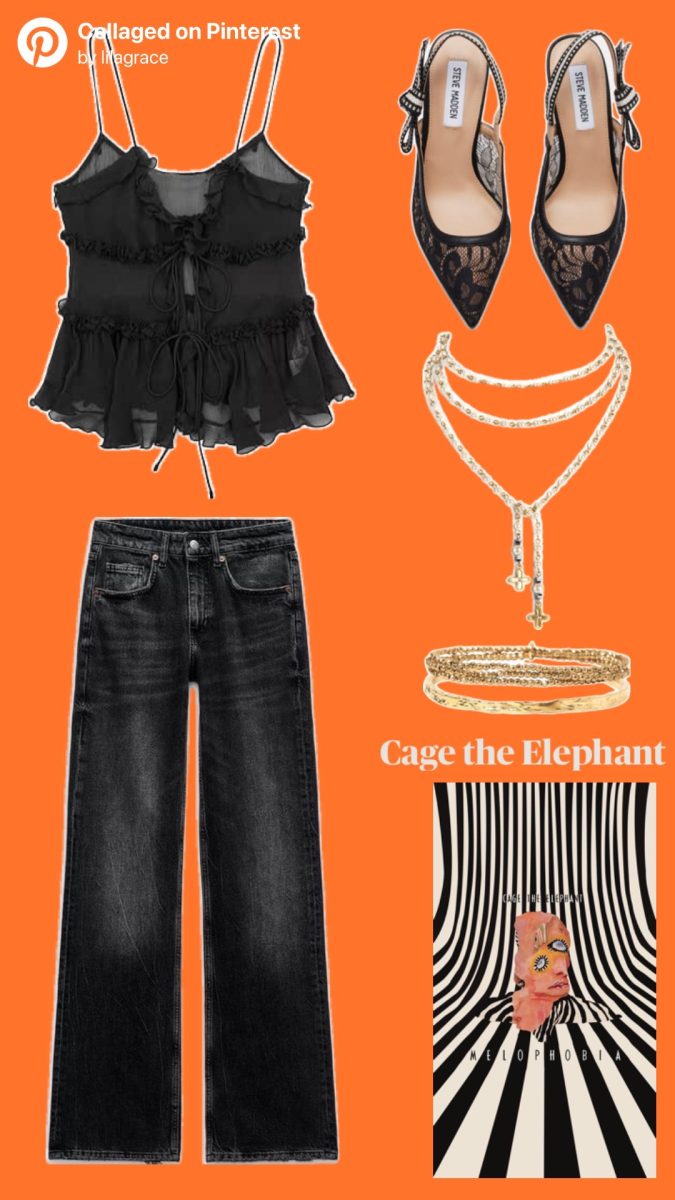



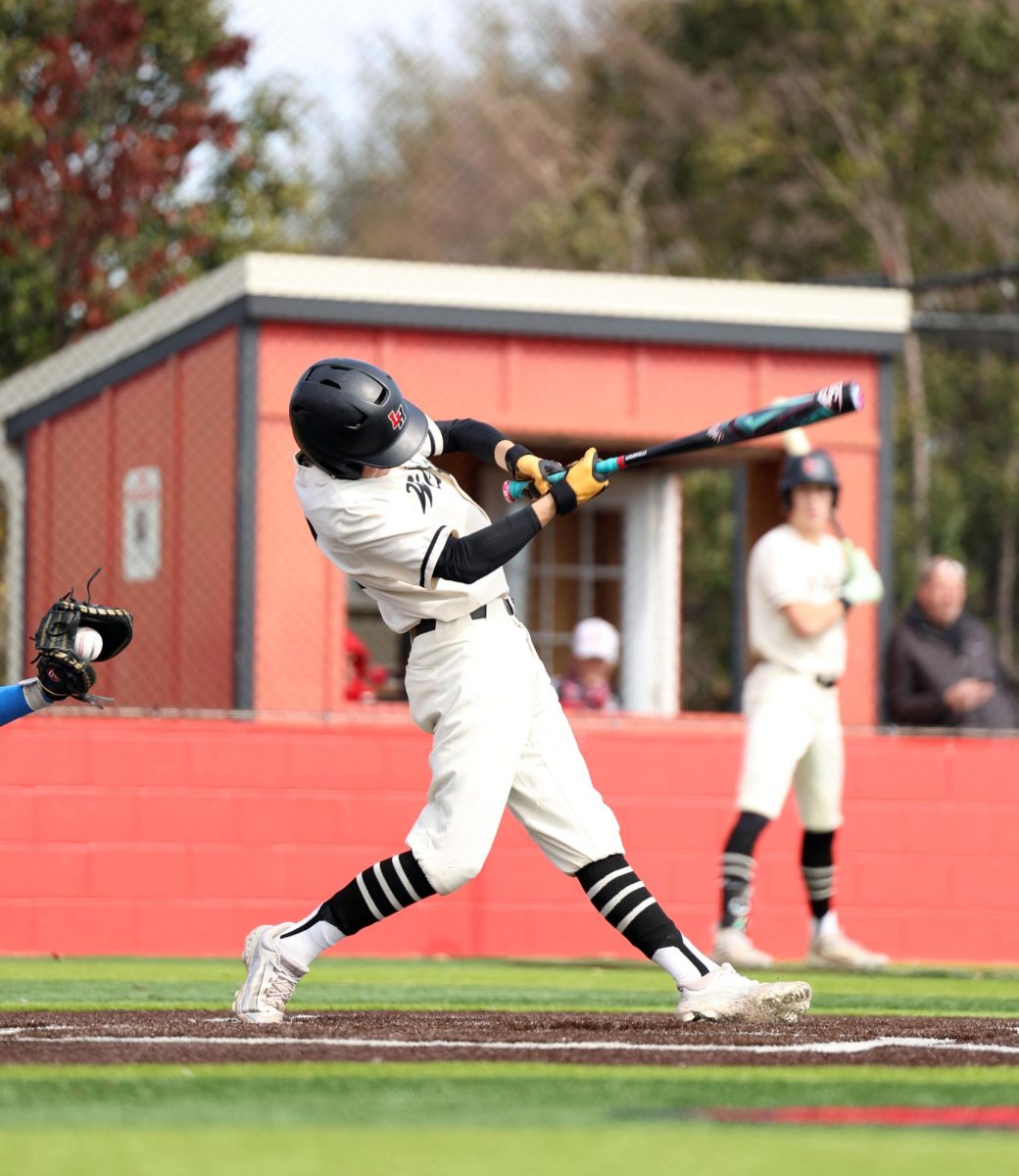





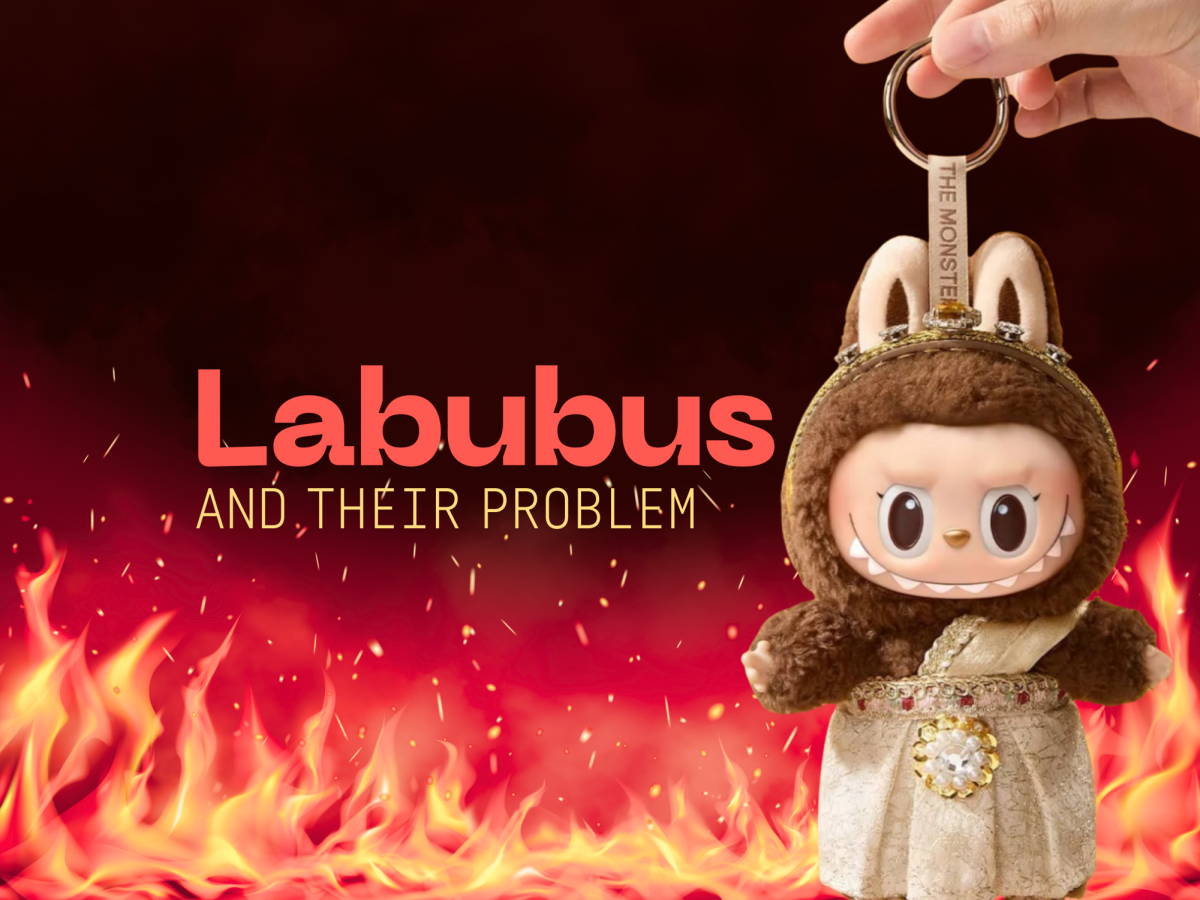
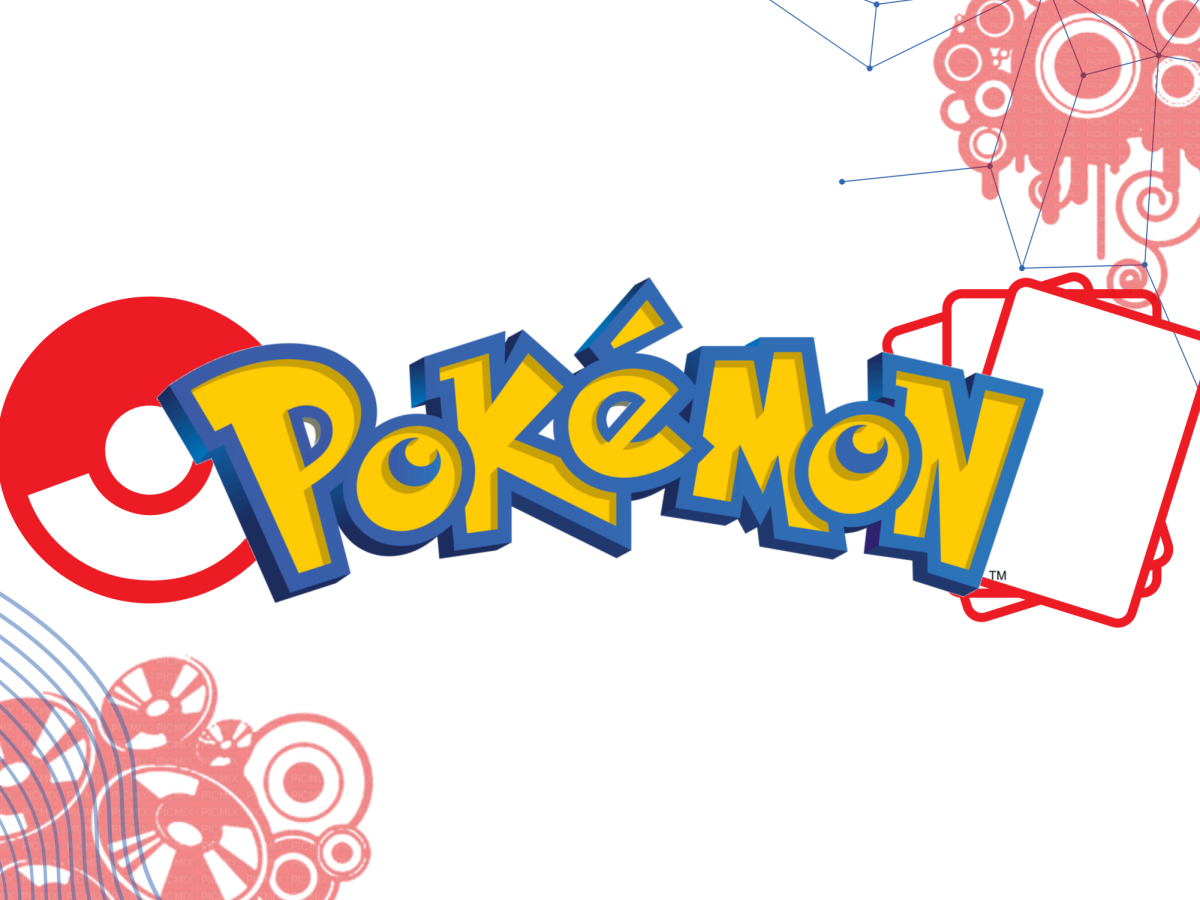



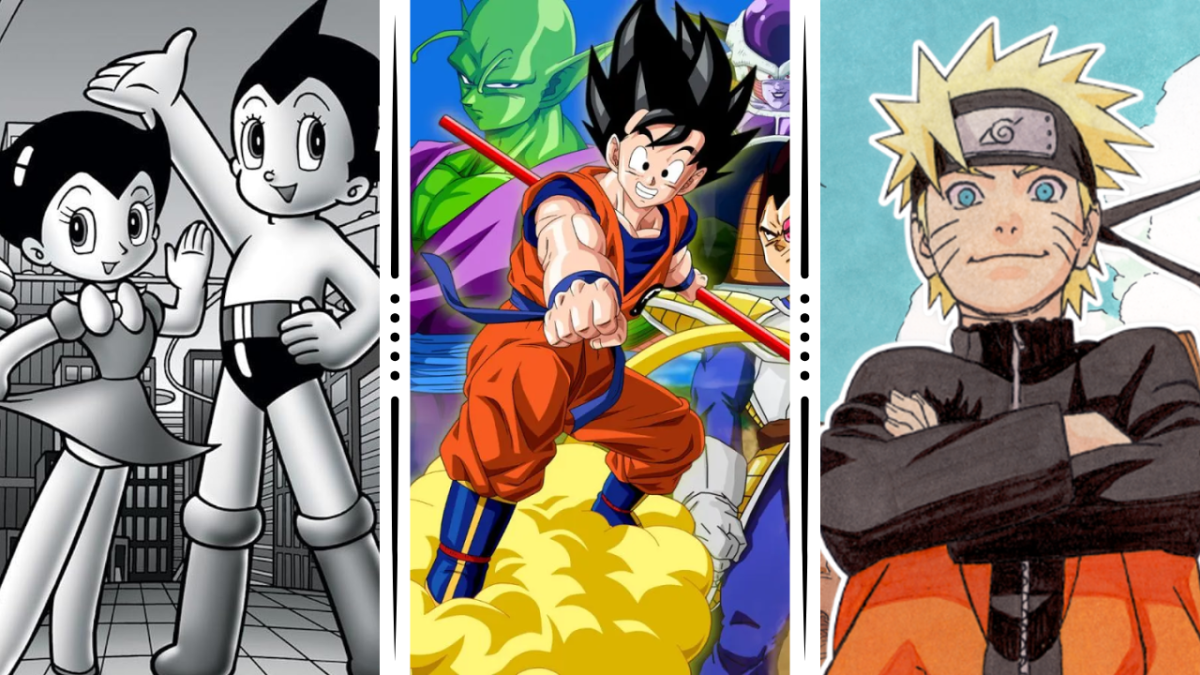
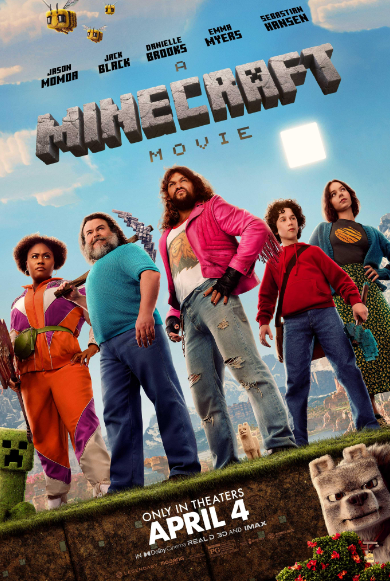


Kelley Huebner • May 21, 2025 at 9:20 am
My family loves the Studio Ghibli movies and Avatar: The Last Airbender. My daughter (24) and I watched Attack on Titan, Jujutsu Kaisen, Fire Force, and My Hero Academia. She and I also love Demon Slayer!